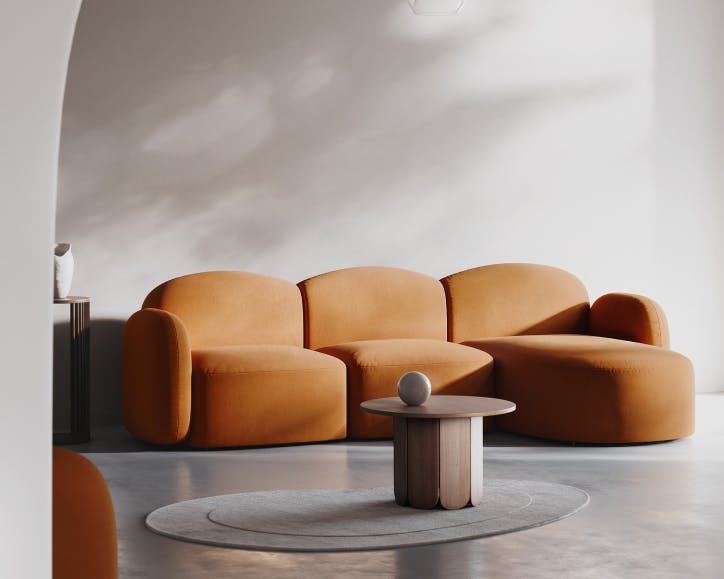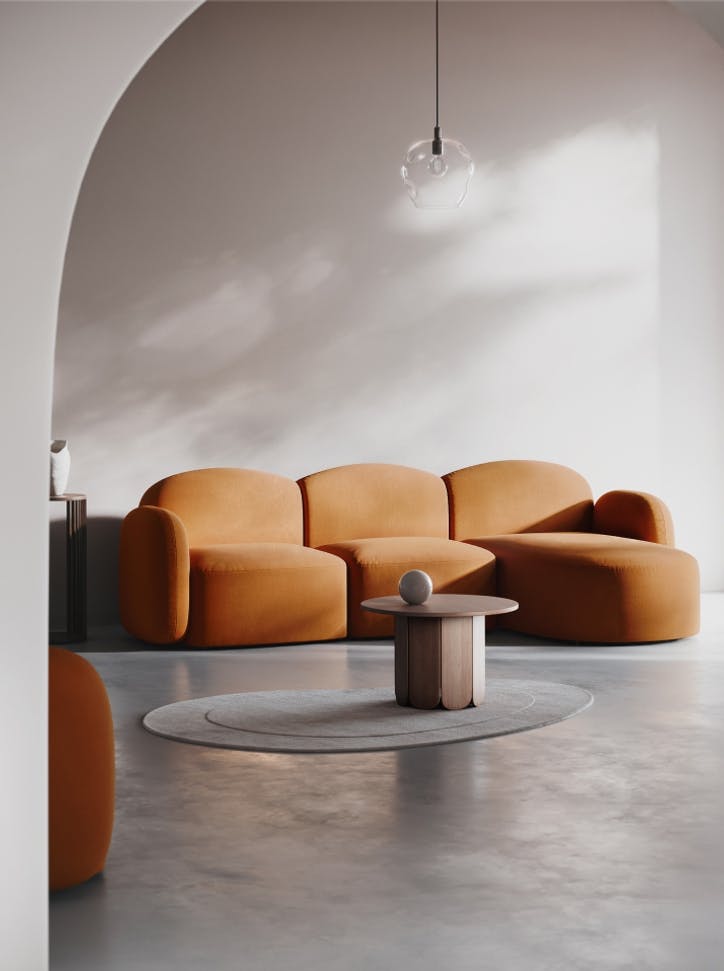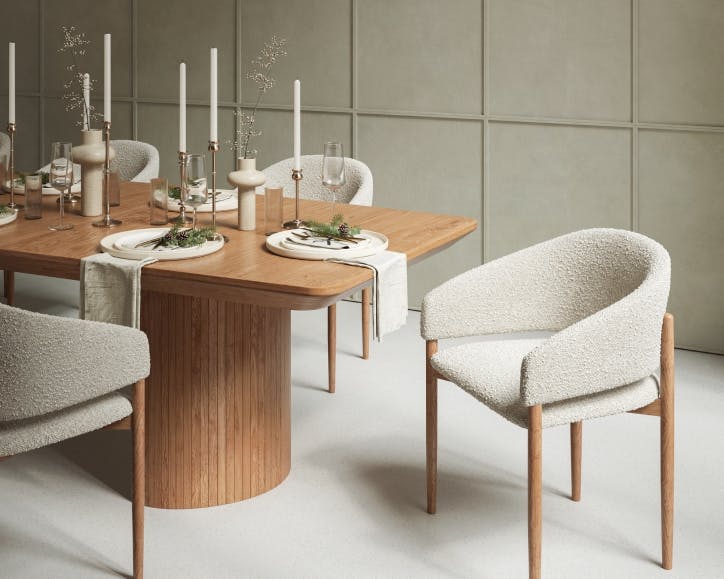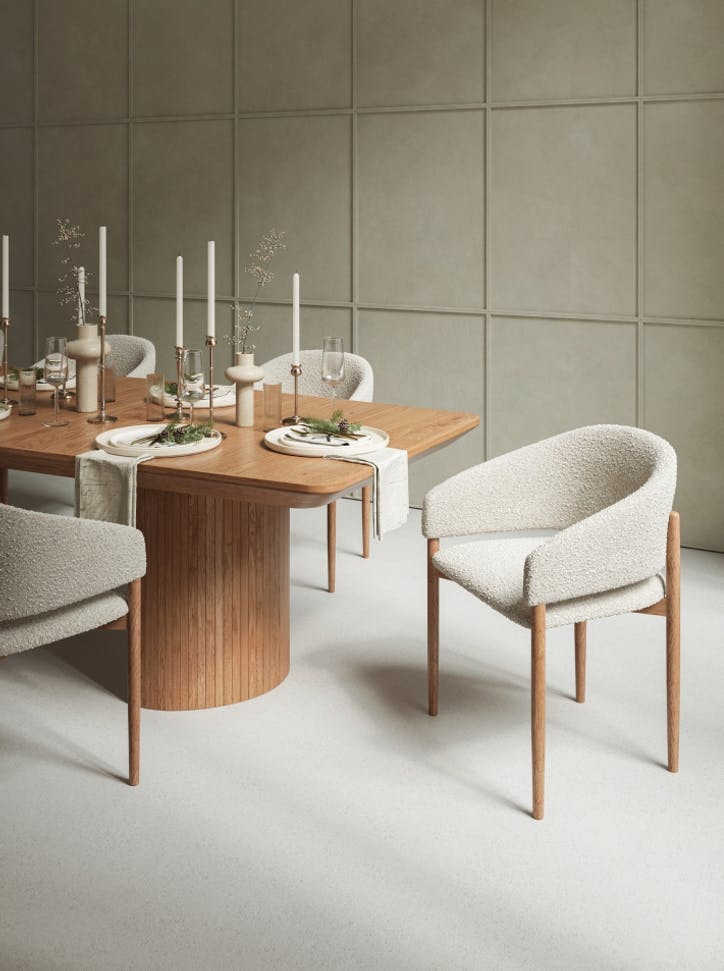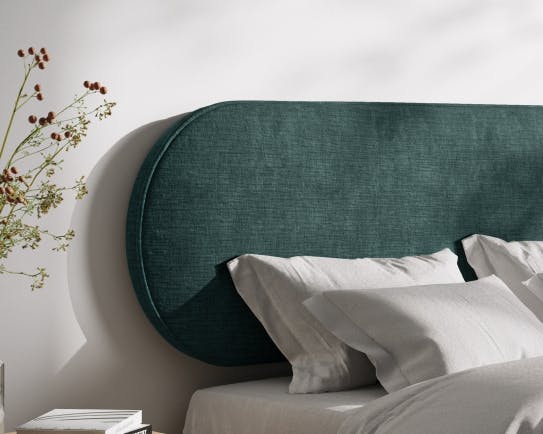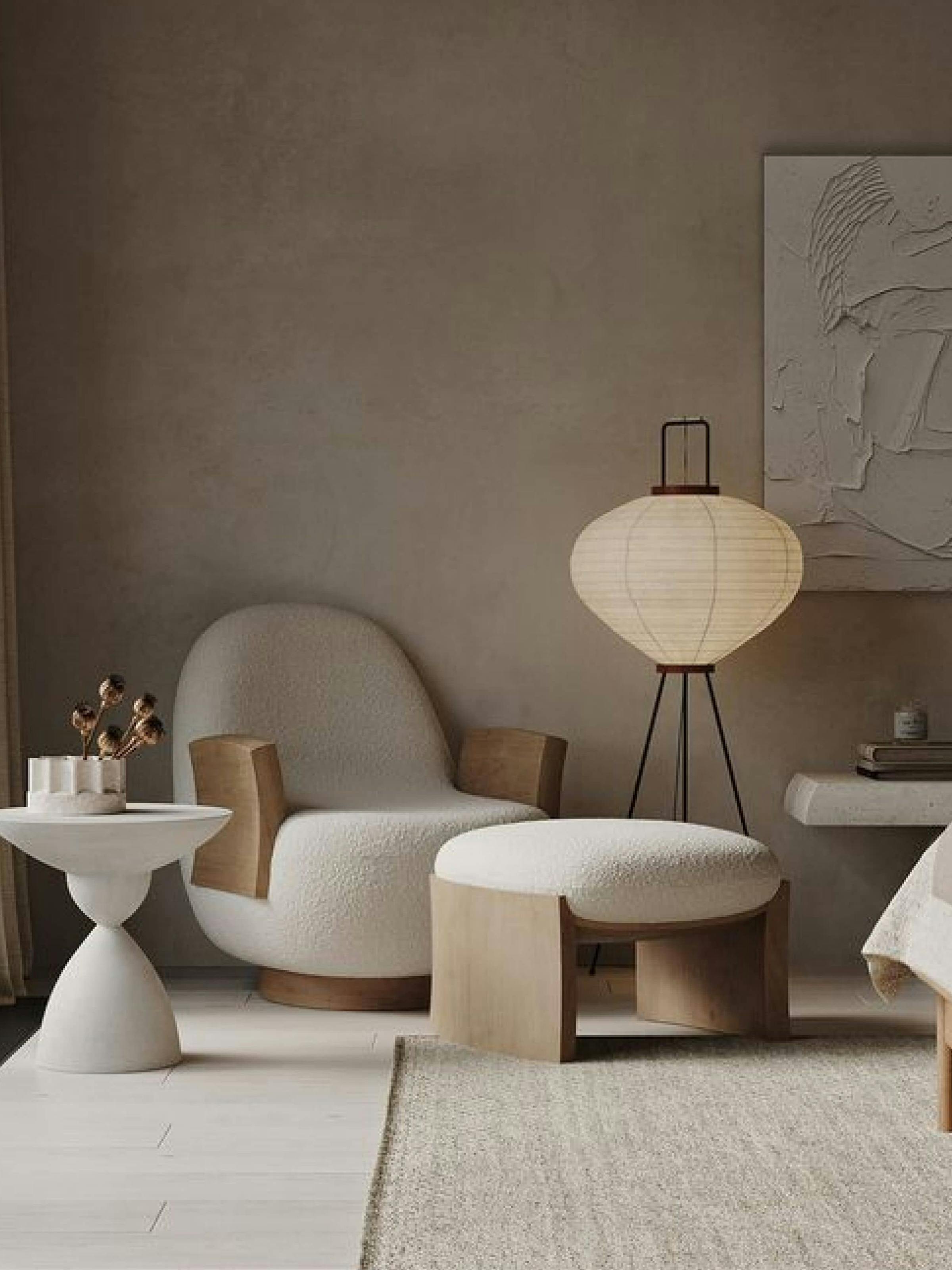
The Pros of Minimalism
- Aesthetically pleasing design - minimalist interiors are known for their sleek and modern appearance.
- Increased peace of mind - a tidy and uncluttered space can lead to greater peace and calm.
- Improved concentration - decluttering can improve concentration and productivity.
- Effortless cleaning - a minimalist home is easier to clean and maintain.
- Enhanced functionality - the space is used in the most efficient way, maximizing its functionality.
- Higher market value - minimalist homes are often seen as modern and desirable, potentially increasing its value.
- Eco-friendliness - minimalism is often associated with reducing the number of things we own, leading to a more environmentally conscious lifestyle.
How to create a minimalist décor
1. Colors
The favorite colors of minimalists are white, beige, gray and black. Use them as a base or background for single color accents. In a minimalist room, neutral colors are not only calming, but also enlarge the space. It becomes more open by reflecting light off bright surfaces. By mixing and matching shades, you’ll create a more dynamic and interesting look even from neutral colors. You will maintain consistency by sticking to one shade.
2. Furniture
Minimalist interiors require furniture with clean lines, simple shapes, with fronts without ornaments. Don't fill the space with too many of them, and focus mainly on quality. Upholstered furniture will add warmth and coziness. In the Micadoni collection you will find many soft sofas and armchairs that fit this style, such as the Miley line in various forms and sizes.
Choose multifunctional items that can serve multiple purposes. Need a few examples? A pouf with storage space can be a footstool, a coffee table or an additional seating area. A sofa bed can serve as a seating space bed during the day and convert it into a bed at night. This is a great option for limited spaces or if you often have guests. Sets of tables of different sizes can be stacked on top of each other if you don't use them, or spread out where you need them. A bookcase with a built-in desk will not only serve as a workstation, but also allows you to control the mess.
3. Decoration
Avoid clutter and minimize the number of items in your home. Choose those made of natural materials: wood, stone, clay. For storage, use discreet baskets and containers that hide in bookcases or dressers with a variety of storage options. Arrange books on shelves and even place them behind full doors. Expose just a few carefully chosen decorations. Use lighting to highlight the ambiance and the key elements. For a cozy minimalist interior design, use rugs. They too will help separate areas with different functions.
4. Plants
In a minimalist living room, it's best to limit the number of plants so they don't dominate the space and disrupt the overall aesthetic. One large or two medium-sized ones are enough to enliven and warm the whole. If you add a few smaller ones, you will create a sense of variety and depth. Look for plants with interesting leaves or flowers, but rather in the same tones of green.
5. Negative space
In a minimalist interior, use negative space, which in art and design refers to empty or unoccupied areas around and between objects. It can be used to create balance and proportion. In a minimalist living room, negative space provides a sense of openness and simplicity. Use it as a frame for key elements that will emphasize their importance. Just make sure you leave a lot of empty space around few objects.
6. Patterns
In general, it's best to avoid them, as the minimalist style focuses on simplicity, and using too many patterns can be visually distracting. However, used sparingly, they will break some uniformity. Geometric patterns, classic stripes, textured fabrics (bouclé or linen), subtle checks or dots will work best. They will add depth and look intriguing in a minimalist living room.
7. Order
Consider hidden storage solutions. This includes any whole-wall built-in concepts, recessed cabinets and shelves, uniform cabinet systems, or under-bed storage. Also leave countertop surfaces free of decoration to maintain a clean, clutter-free look.
A constant role model is Japanese minimalism, which is characterized by simplicity and balance. The space is free of unnecessary objects and has a clearly defined purpose. Japanese minimalist interiors often use natural materials such as wood, stone and bamboo in their natural state. They are filled only with necessary furniture with simple lines without ornaments. In this simplicity, it is still the details that count - the use of subtle textures, patterns and finishes to emphasize the depth of the space in its uncluttered shape.
Let's Conclude What Are The Key Elements of Minimalism
Minimalism is a distinct style that prioritizes simplicity and functionality. To achieve this aesthetic in your home, consider the following elements:
Simplicity – stick to a clean and straightforward design, both in terms of the space and the items you choose.
Functionality – choose furniture that serves multiple purposes, making the space adaptable for various activities and events.
Neutral Colors – opt for neutral hues, such as white, beige, and gray, to create a calming and spacious atmosphere.
Minimalist Furniture – choose pieces with clean lines and simple shapes to enhance the overall coherence of the space.
Storage Solutions – implement clever storage methods and limit the number of decorative items to maintain an uncluttered look.
Magazine edition
Micadoni magazineWhat Types of Fabric Are Used for a Sofa
Choosing the right sofa fabric is crucial for both aesthetic appeal and functionality. With numerous options available, it can be overwhelming to decide which upholstery fabric will best suit your nee...
Materials and Care
The Principles of Feng Shui
eng Shui is not just a trendy concept; it's an ancient Chinese art and science that has been practiced for thousands of years. Rooted in Taoism, it focuses on harmonizing individuals with their surrou...
Interior Styles
